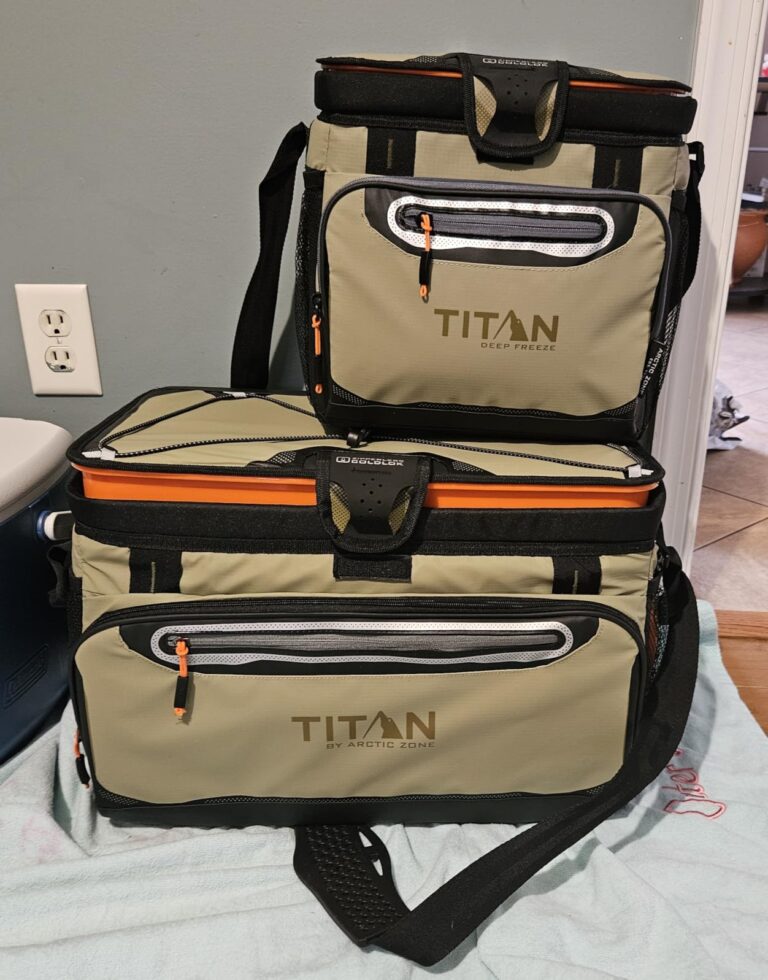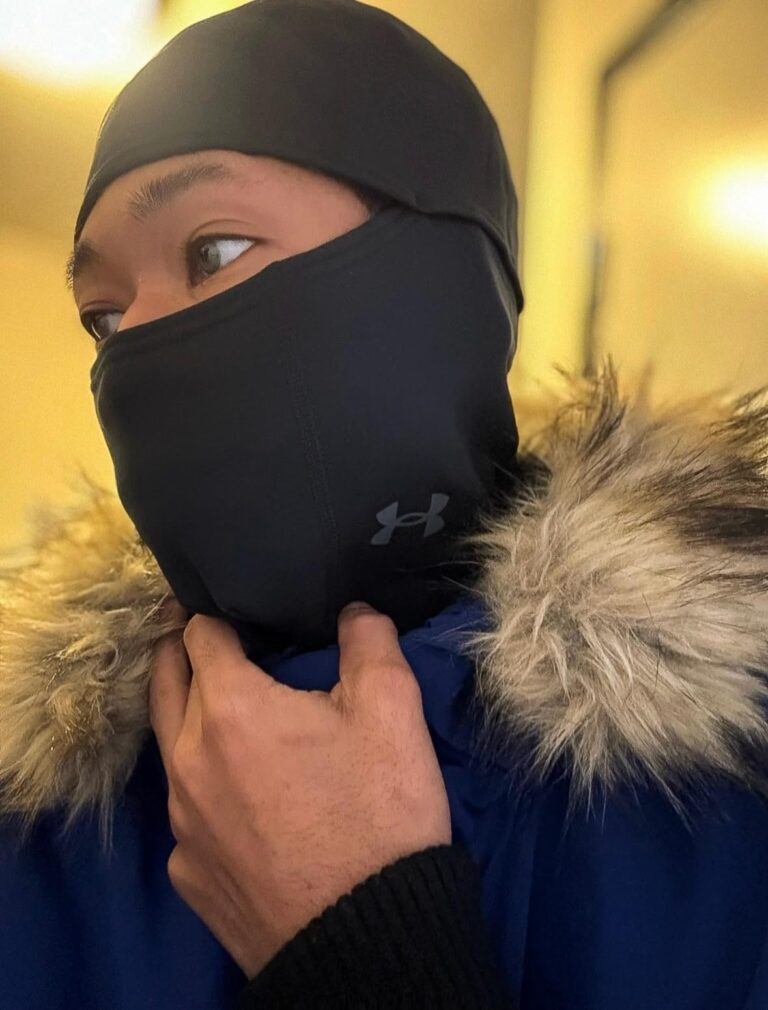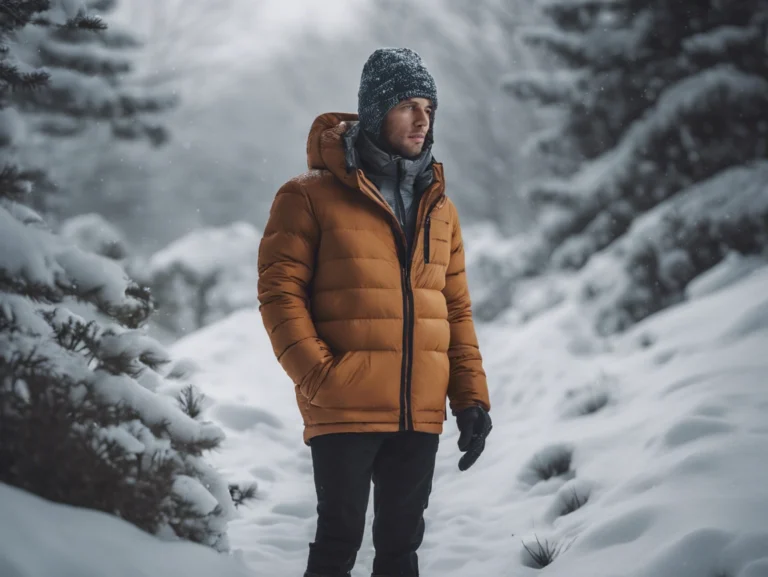In the mountains, safety and enjoyment are paramount. At its most basic, protection entails following key norms of behavior and directions, as well as meticulous trip preparation and sufficient equipment. This article will be the perfect step-by-step guide on How to Staying Safe in the Mountains.
Be ready for emergencies
In remote mountain places, severe weather or a vehicle accident might keep you trapped for many hours. Before you leave, let a friend or family member know where you’re going and when you plan to get there, just in case. Also, ensure you bring extra food, water, clothes, first aid supplies, and tools to fix minor problems in case you need help on the side of the road.
Learn about the area
People say that the Alps have a lot of plants, animals, and beautiful scenery by nature. This could be beautiful but also dangerous. Ensure you learn as much as possible about the environment, the animals you might meet, and how to avoid them. Learn about the kinds of plants you should try to avoid, like poisonous or stinging plants. Only try to eat wild plants or berries if they are edible. A plant you could come across is the Giant Hogweed, which can grow several meters tall and has a photo-toxic sap that can cause blisters.
Have sun protection.
This is as vital as anything else, particularly for the eyes. When the sun shines on freshly dropped snow, it can cause a glimmer that, if it lasts for a long time, can make people blind. Protect your eyes! Snow blindness can happen throughout a day trip. It may not be evident initially, but it is excruciating once it sets in. Also, ensure a strong sunscreen because the sun’s glare off the snow is extreme.
Check the forecast
Before you go hiking, you should check the weather report. Avoid heavy rain, heat waves, or even snow storms. You want to make sure you’re hiking in a safe place and at the right time to avoid any problems. Sometimes, the local government will warn you about dangers or other reasons you shouldn’t hike. On top of that, you should ensure you’re wearing the right clothes for the weather. If it’s hot, for example, you should wear less heavy clothes, or you could get a heatstroke!
Be avalanche-aware.
Several goods are required if you journey into the mountains after a significant storm, mainly if you will be playing with vertical relief or traveling at the foot of mountains with avalanche danger. The equipment includes:
- An avalanche transceiver
- A folding snow shovel
- A snow probe.
Of course, more than possessing the equipment is required; knowing how to utilize it efficiently is also needed. Take an avalanche course of some kind to experience dealing with a possibility that exists if you are playing in the powder.
Make camp before dark.
Many accidents have happened because of falls after dark, so only travel during the day. Set up camp far from the edge of any cliffs and get to know the area during the day. If you must leave camp after dark, remain in regions you have seen during the day, go with a buddy, and always carry a strong flashlight.
Walk the mountains as far as you can.
It’s great to be in the mountains. As you take in the beautiful views, your worries and stress melt. But these places could be more friendly, and the weather and conditions can change quickly. You can get ready for this by having the right tools and clothes and a detailed forecast of the weather for the day.
But walking outside of your comfort zone is also a problem. Walking up and down mountains is hard on your body, and the top is often farther away than it seems. Enjoy the mountains and everything they have to offer, even if it means going back.
How to Staying Safe in the Mountains: Wildlife
- Identify yourself by speaking quietly, so the bear understands you’re not a prey animal.
- Keep calm and remember that most bears don’t want to hurt you; they want to be left alone. Bears may bluff their way out of a fight by charging and turning away at the last moment.
- Pick up tiny toddlers right away.
- Hike in groups and travel in groups. Bears are generally aware of groups of humans from a longer distance, and groups often threaten bears due to their combined size.
How to Staying Safe in the Mountains: Waterfalls
Please keep these safety tips in mind:
- Stay on the trails that have been made, and stay on the platforms and observation decks.
- Follow the signs at all the trails and waterfalls.
- Watch where you step. Even dry rocks covered with algae can be just as slippery as wet ones.
- Most falls are dangerous at the top. Do not lean over a top ledge of a waterfall.
- When taking pictures, be extra careful. Often, photographers are so focused on bringing the view that they need to remember to keep their balance.
- Make sure you are in a safe, stable place before you take a picture.
How to Staying Safe in the Mountains: Camping
If you know the rules for camping in our parks, you’ll have a fun, safe, and inexpensive time:
- Camping is only allowed in certain places with a permit.
- Usually, campers sign up with a ranger on-site or at a box on-site. Even if you have reserved a campsite, you still need to sign up.
- Fires are only allowed in certain places and must be looked after at all times.
- Firewood gathering is usually against the law, but they may be permitted in some parks.
- Please do not bring firewood into our parks since you may accidentally transfer deadly insects and harmful illnesses to the forest. Buy firewood near where you plan to use it or buy firewood that has already been heated.
- After the park’s posted closing time, all cars in the park must be registered.
- All of the camping gear and vehicles, if there are any, must be at the campsite and not all over the woods.
How to Staying Safe in the Mountains: Hiking
- Investigate the topography of your trip and devise an itinerary appropriate for your party’s level of expertise and physical ability.
- Examine the current weather prediction and be ready for rapidly shifting circumstances.
- Take enough water: 2 quarts per person per day is the least; 3-4 quarts per person is advised. Wear shoes or boots with solid ankle support.
- Inform a responsible person of your route and expected return time.
- Always hike with someone else. Keep your hiking group together and stick to paths that are properly maintained.
- When hiking, keep youngsters in sight and keep them from staying ahead of you or falling behind.
- Don’t expect technology to rescue you. Most sites in the bush do not have cell service, and GPS might need to be more accurate.
- Even on a day trip, bring a torch or headlamp. If you encounter difficulty on the route, the night may fall before you complete your journey.
- Hike during the day, not at night. If you’re going camping, try to arrive before dusk.
Final Words
This guide explains How to Staying Safe in the Mountains. We will take every action to ensure that you understand these tips. We hope you like this article. Please stay in touch if you need help with anything.














